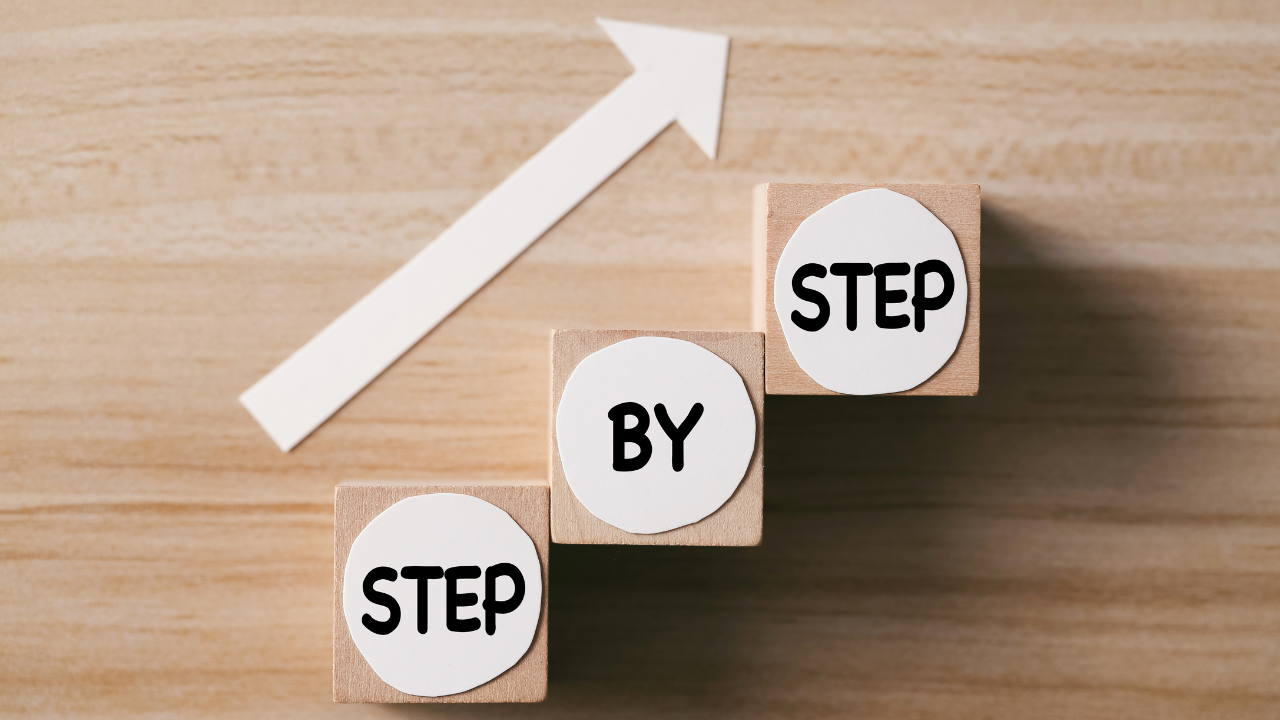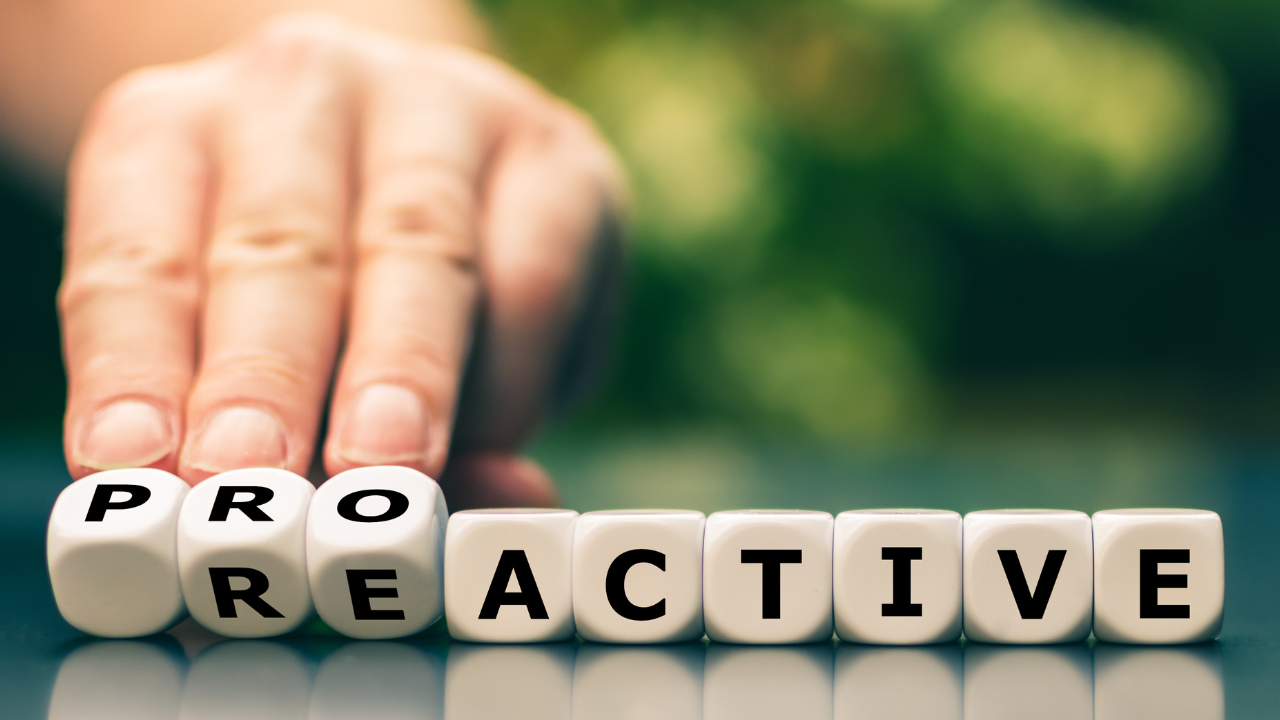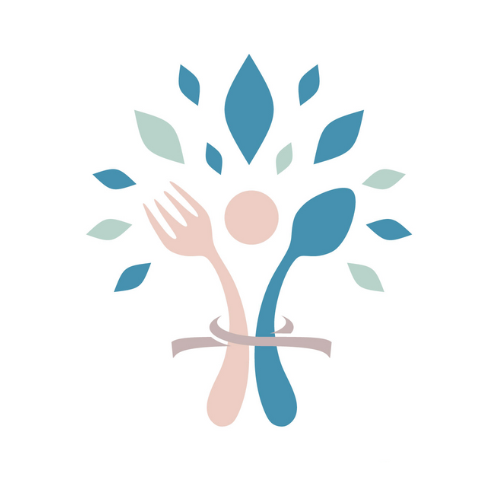
14 Jan How to Reverse Type 2 Diabetes: Are You Avoiding Your Health Reality?
Let’s be honest — most of us have done it. Made excuses, looked the other way, or told ourselves that “feeling fine” means everything must be okay. But if you’re trying to reverse type 2 diabetes, avoiding the truth about your health can quietly hold you back.
As a GP who’s worked with hundreds of people living with type 2 diabetes, I see this pattern time and time again. And here’s what I want you to know: you’re not weak, you’re not failing, and you’re definitely not alone. Avoidance is human — but awareness is where transformation begins.
Why do so many people avoid facing their type 2 diabetes reality?
There are lots of reasons people ignore or delay dealing with type 2 diabetes — and most come down to fear, guilt, or overwhelm.
- Fear of bad news or feeling “judged” at appointments
- Feeling overwhelmed by lifestyle changes
- Guilt about past choices
- Believing that “ignorance is bliss”
- Frustration with the healthcare system
Understanding these reasons helps you take the first step forward — with compassion rather than criticism.
What are the signs you might be avoiding your type 2 diabetes?
Sometimes avoidance shows up subtly — other times, it’s clear as day. Here are some common signs:
- Blaming the NHS or lack of support rather than seeking your own solutions
- Missing or cancelling GP or nurse appointments
- Avoiding mirrors, photos, or weighing yourself
- Ignoring letters from your GP surgery
- Stockpiling medication but not taking it regularly
- Making excuses like “I’ll start next week” or “I’m too busy”
- Avoiding social situations where eating habits might be noticed
- Feeling defensive when family mention your health
If you recognise yourself in any of these, don’t panic — this is where positive change begins.
Can you rely on the NHS alone to reverse type 2 diabetes?
The NHS is a wonderful resource — but it can’t do everything. Appointments are short, waiting lists are long, and support is often reactive rather than proactive.
To truly reverse type 2 diabetes, you need to become an active participant in your own care. That means using every tool at your disposal — not just NHS appointments, but also:
- Reliable online resources and diabetes education
- Health tracking apps and glucose monitors
- Community and online support groups
- Exercise and nutrition programs that support blood sugar stability
- Inspiring success stories from people who’ve done it
Your health journey doesn’t have to wait for the system — it starts with small, daily choices. If you want practical, step-by-step guidance, watch my three-part Health Breakthrough video series.

How can you start facing your health reality and take control?
Start with kindness. Avoidance isn’t laziness — it’s usually a sign of fear or overload. Here’s how to start breaking free, one small step at a time.
Step 1: Practice self-compassion
Before changing anything, take a deep breath and release self-blame. You’ve been doing your best with what you knew — and now, you’re ready to do better.
Step 2: Take one tiny action
You don’t need to change everything overnight. Choose just one small step today:
- Take a 5-minute walk after a meal
- Open that letter from your GP
- Book your next check-up
- Download a food tracking app
- Try on the jeans you’ve been avoiding — and celebrate that courage
Step 3: Create a safety net
Change is easier when you’re supported. Find one person who understands, or join an online community. Writing your fears down can also help — once they’re on paper, they lose their power.
Step 4: Build a morning routine that supports blood sugar balance
Morning wins set the tone for your day. A high-protein breakfast, a short walk, or 10 minutes of journaling can transform your mindset and help stabilise your blood sugar levels all day long.
Step 5: Celebrate every small victory
Did you eat a balanced breakfast? Victory!
Did you move your body? Victory!
Did you make that appointment? Massive victory!
Every win counts toward reversing type 2 diabetes — even if it feels small.
How can changing your internal dialogue help reverse type 2 diabetes?
The way you talk to yourself shapes your progress. Here’s how to reframe your thinking:
- Instead of: “The NHS isn’t helping me enough”
Try: “What can I learn or do for myself today?” - Instead of: “It’s too late to start”
Try: “Today is the perfect day to begin.” - Instead of: “I can’t exercise because my knees hurt”
Try: “What kind of movement feels good for my body?”
This mindset shift builds resilience — and resilience builds results.

Can small consistent actions really help reverse type 2 diabetes?
Absolutely. Real change rarely comes from huge overhauls — it comes from small, steady actions done consistently. One of my patients (let’s call her Sarah) avoided her diabetes care for almost a year. But once she started making tiny, manageable changes, everything began to shift.
She didn’t need perfection — she just needed momentum. And that’s exactly what you can build too.
Remember, it’s not about where you start; it’s about your willingness to take that first step — no matter how small.
What’s the next step on your journey to reverse type 2 diabetes?
Choose one action from this post — just one. Write it down. Do it tomorrow morning. Then, repeat the process the next day.
If you’re ready for structured support, explore my resources like the free Blood Sugar Guide or my full Blood Sugar Mastery program. You don’t need to do this alone — you just need to begin.
And remember: you don’t have to see the whole path to take the first step. You just have to take it.
— Dr. Nerys Frater
P.S. If this post resonated with you, share it with someone who might need to read it too. Sometimes knowing we’re not alone is the most powerful medicine of all.
